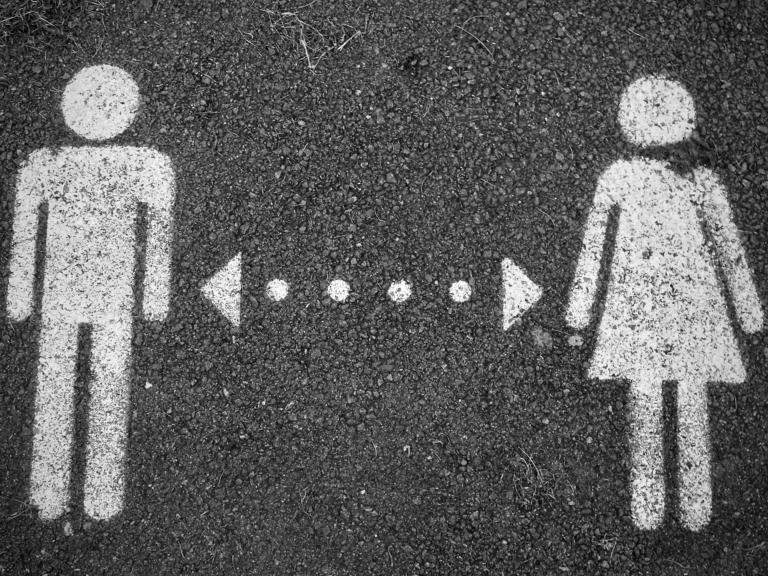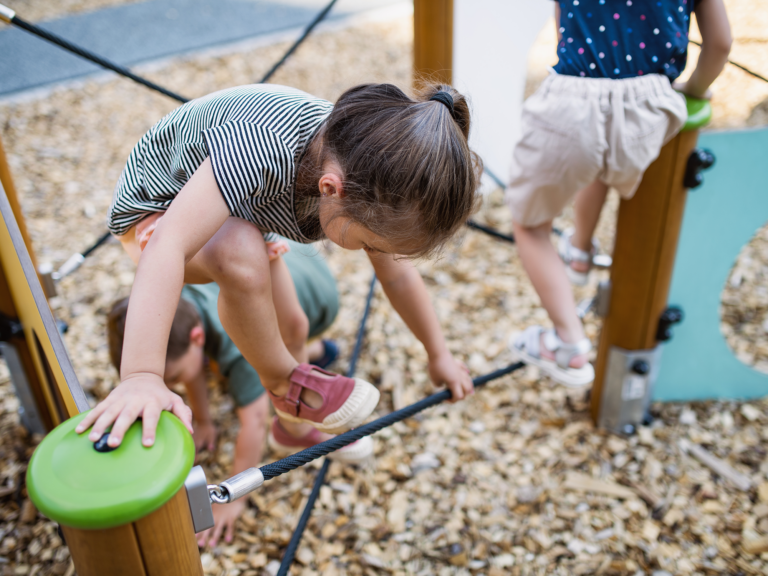Do Danish Children and Young People Receive Pocket Money?
Written by: Jens Bonke
This paper presents an analysis of which children and young people in Denmark receive pocket money, and how much they get. The analysis maps the relationships between pocket money and parents’ income, child’s age, after-school or weekend jobs, amount of homework done, and how many chores the child carries out in the home. The paper is based on data collected in the ROCKWOOL Foundation Research Unit Time Use and Consumption survey in 2008-09 through interviews with over 650 children aged 7-17 years. In order to identify trends in the provision of pocket money, the paper compares the extent of giving pocket money at the time of the survey with the extent 15 years previously. Among the conclusions of the study are:
- Fewer children aged 7-17 received pocket money than 15 years previously. In 1993 75 percent of children received pocket money; in 2009 it was only 66 percent.
- Children do not receive more pocket money if they do their homework or help around the house.
- On average, an only child receives twice as much in pocket money as a child with siblings.
Related publications

Research report
The impact of incentives and interview methods on response quantity and quality in diary- and booklet-based surveys
Go to research reportLatest releases on the same welfare topic

Research report
Effects of Higher Staff-Child Ratios in Danish Kindergartens
December 2025

Research report
Workplace Amenities and the Gender Pay Gap
December 2025

Analysis
The welfare workers of the metropolis still live in Copenhagen
November 2025

Comment
The controversy regarding ‘criminal families’ concerns divergent perspectives
September 2025
